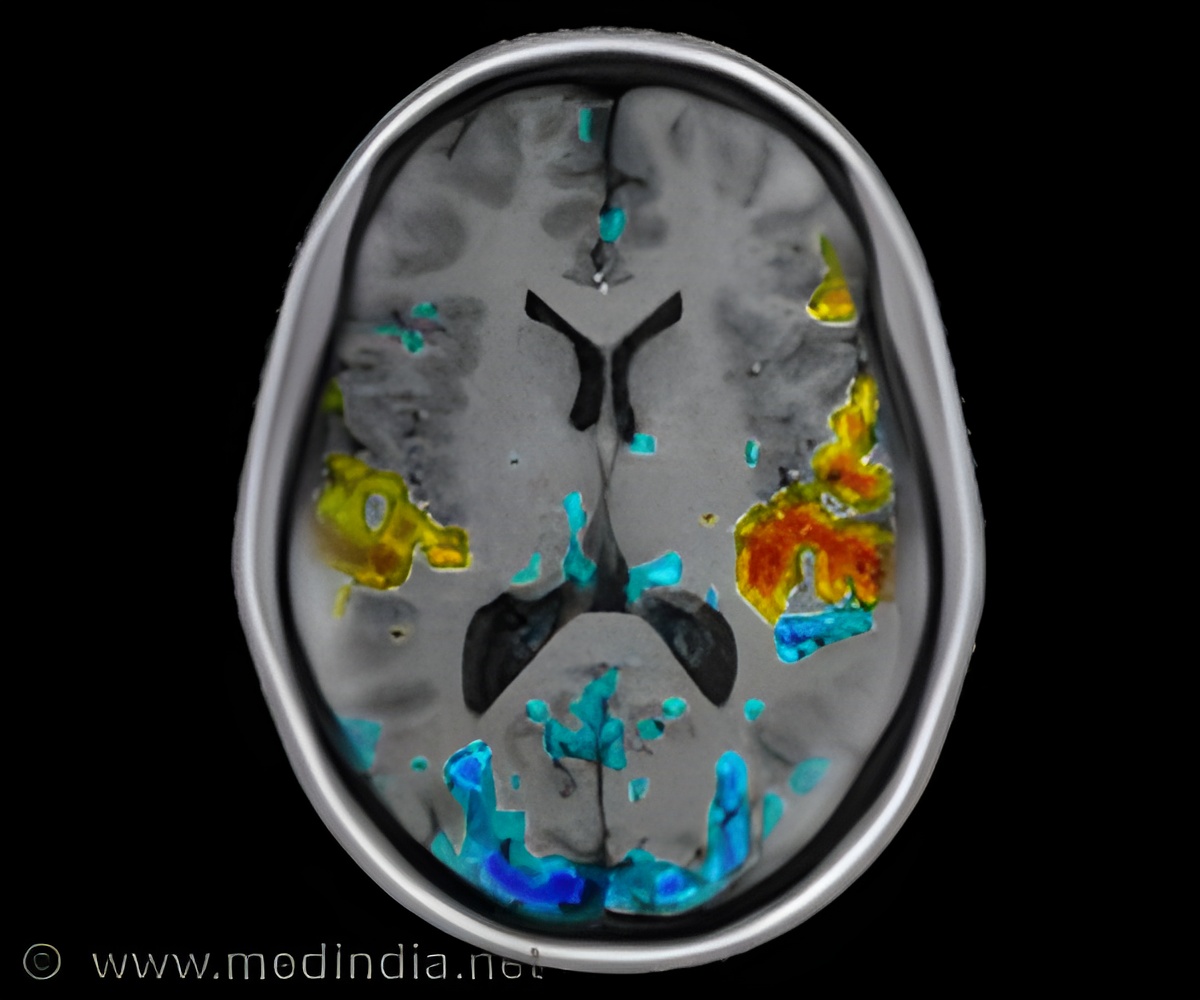Injuries to brain tissue might be reduced by optoelectrode changes and thus improve nerve research according to a new study.

‘Injuries to brain tissue might be reduced by optoelectrode changes and thus improve nerve research according to a new study.
’





On the contrary, more flexible polymer-based electrodes avoid these issues but are difficult to scale (especially when integrating light emitters for neuron stimulation). Hence, the study team developed a technique that offers the best of both worlds. The Optoelectrodes
The team successfully demonstrated the possibility of creating an efficient semiflexible light-emitting electrode by removing the stiff silicon material from underneath the tip of the probe.
This device was called an optoelectrode, that aids in analyzing deep brain tissues with high resolution, record signals from individual nerve cells, and even stimulate small groups of neurons with state-of-the-art techniques (such as optical waveguides).
"It is challenging to implant polymer probes in the brain, but we’ve developed a very simple fabrication technique to address this," says author Vittorino Lanzio.
Advertisement
The team anticipates that the new device would help integrate more functionality into the electrodes, and further amplify the field progresses.
Advertisement













